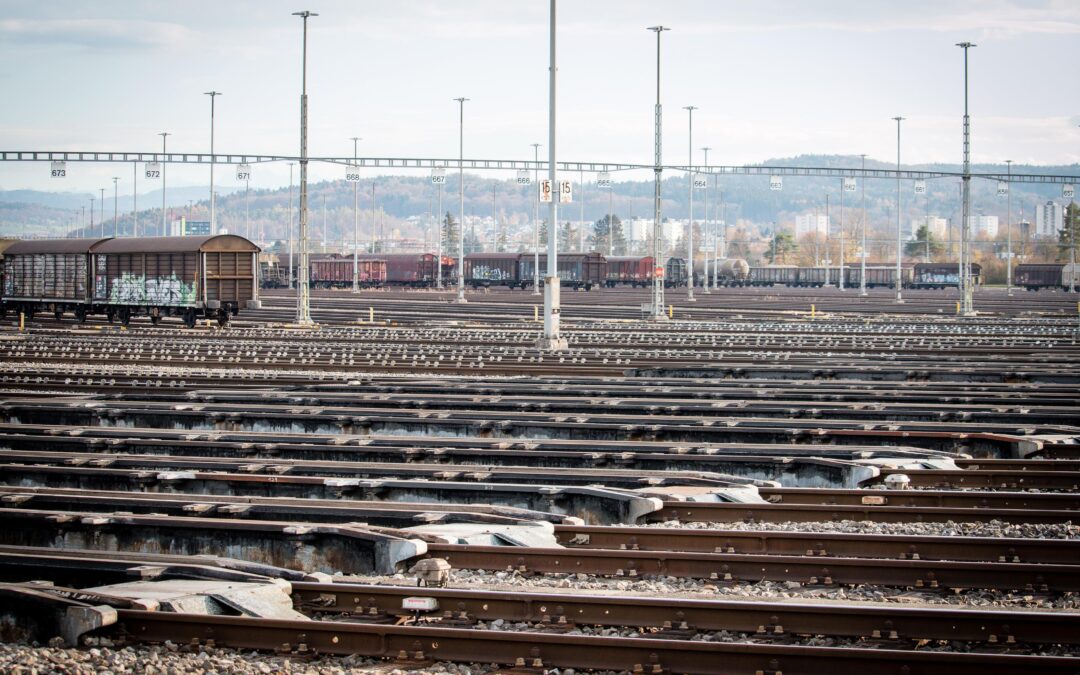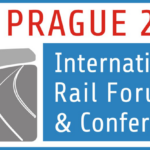The Federal Office of Transport (FOT) has announced that it will increase the train path price for rail transport by 2.1 per cent from the beginning of 2025. This measure is aimed at meeting the legal requirements for cost recovery, but carries the risk of placing a considerable burden on rail freight transport and jeopardising the modal shift to rail.
That’s the point:
- Track access charge increase unacceptable
- Economic crisis, rising energy prices, global downturn make rail freight transport more expensive
- What we can do for the shift to rail transport
Our opinion on this is clear: we reject an increase in track access charges for freight transport. With an increase of 2.1%, it is also extremely misleading to describe the adjustment as “moderate”, as it could lead to fatal and irreversible consequences. Against the background of traffic losses in domestic, import, export and transit traffic as well as the significantly more favourable track access charges in Europe, a price increase is unacceptable.
Economic background and challenges
The European economy is currently struggling with a profound crisis, which is being exacerbated by the ongoing conflict in Ukraine, rising energy prices and the global economic downturn, particularly in China. These factors are leading to a decline in the exchange of goods and are having a significant impact on the transport sector.
Since mid-2022, we have seen a continuous decline in rail freight transport volumes in Europe. The average 10% increase in the cost of rail traction is driving many companies to shift more of their freight to the road. The umbrella organisation of combined transport providers UIRR reports a decline in rail freight transport of around 15% for 2023, while road transport has only fallen slightly.
Cost increases and their toxic effect
In this difficult environment, the planned price increases for energy and the wear factor are having a disproportionate impact on freight transport. The wear factor will be increased by 9% from 0.33 to 0.36 CHF/BTkm, and a decision on how energy costs will rise will be made in July.
The reason given for the increase in the basic wear and tear price is the rise in weight-dependent marginal costs, although the calculation of these costs is not transparent and is based on the infrastructure expansion standards for passenger transport. This price component, intended as an incentive for the procurement of rolling stock that is gentle on the track, does not accelerate the replacement of railway carriages with their long service life of 2–3 decades. The incentive is too low to cover the additional costs for low-wear rolling stock, which significantly increases the costs for rail freight transport and reduces its competitiveness.
Conclusion
Although a 2.1% increase in the track access charge is intended to meet the legal requirements for cost recovery, it will lead to considerable additional costs for freight transport. This measure could undermine efforts to shift traffic to the railways and further exacerbate the economic burden in an already challenging environment. It would be desirable for rail freight transport, which suffers from the high expansion standards of passenger transport in the mixed operation of passenger and freight transport, to be fundamentally relieved. This is the only way to make rail freight transport competitive and successfully drive forward the mobility transition.



